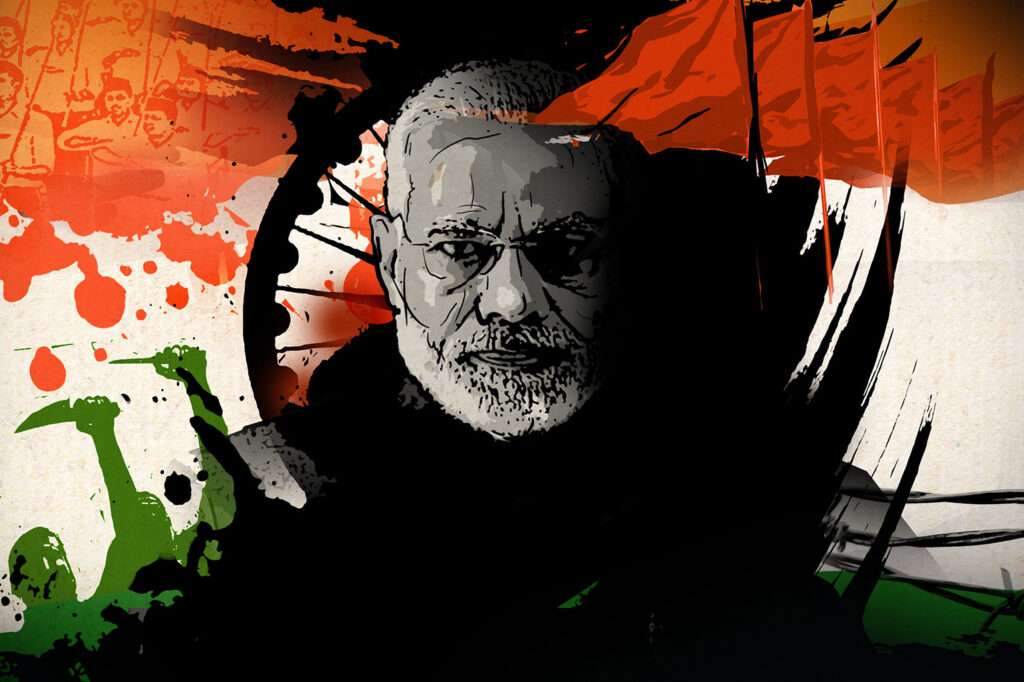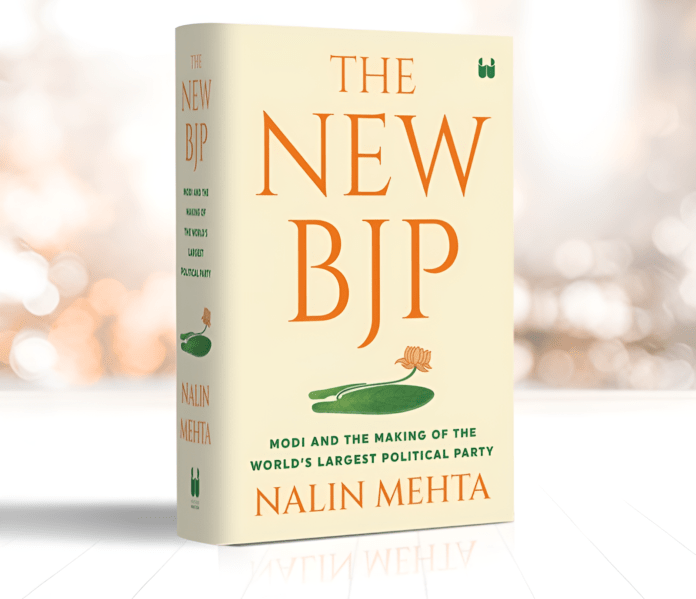The elections of 2014 in India changed the fate of Indian politics by bringing the rule of a religiously fanatical political party into power and placing the entire Indian nation under the influence of Hindutva politics. The election results granted victory to the Bharatiya Janata Party (BJP) and made Narendra Modi the fourteenth prime minister of India. The arrival of Modi in Indian politics gave rise to a new era of religious policies under the broader fanatical ideological traits of Hinduism. Due to Modi’s strong association with a right-wing Hindu nationalist party Rashtriya Swayamsevak Sangh (RSS), the prevalence of extremist religious thoughts shaped various patterns of policy reforms at the domestic level. The initiation of new reforms at social, political, and economic levels has drawn the attention of international academic communities towards South Asia, where India has strong claims of becoming a regional power. The mainstream literature produced on domestic Indian politics under the leadership of Modi tried to evaluate the worse impacts of BJP’s policies on New Delhi’s foreign relations, parallel to analysing the re-emergence of communal violence in India. In response to the overwhelming wave of critical literature related to Modi’s policy reforms at domestic, regional, and international levels, a brief layer of literature on the constructive and positive role of BJP’s policies in New Delhi has appeared from India. The Indian authors, in their views, remained reluctant to critically analyse Modi’s way of managing foreign and domestic politics. The book under review is a positive reflection of Modi’s internal policies and their constructive role at different levels across the country. The author of the book, Nalin Mehta, has tried to provide a positive, but one-sided picture of the BJP’s mainstream nationalist agenda and the expected outcomes of this agenda. The achievements of this agenda have made BJP the largest welfare political party in the country while empowering the fundamental religious values of Hinduism.
Mehta is a renowned figure in the Indian academic and journalist circles due to having a brief history of professional associations with the country’s mainstream media networks and academic institutions. By using both professional platforms, he has presented the formal Indian standings at various national and international forums and highlighted the achievements of New Delhi at different levels. Analogous to various other academic writings, the book under review continues his efforts to establish and promote a positive image of New Delhi at various international forums. With the combination of professional academic and journalistic knowledge, Mehta has attempted to define his intellectual position on the ongoing Modi policies, which have brought different socioeconomic developments in Indian society. The author’s main argument has divided the debate into eighteen short chapters covering different topics respectively, while focusing on the socioeconomic and socio-political improvements in the post-elections 2014 scenario. In other words, it is the story of multileveled policy reforms across Indian society introduced by BJP’s rule and its increasing domestic outreach across the country. Apart from dividing the book into certain brief chapters, the introductory and concluding pages of the book provide additional information about the author and his quest for writing the book. The inclusion of fifteen different supporting documents under a short list in the Appendix and a brief chronological detail on the genesis of ideological politics in Indian politics have presented additional information about the main theme of the book.

Every chapter of the book contains an interesting set of arguments and attempts to pay tribute to the BJP’s government under the leadership of Modi. It is the author’s academic effort which could not be measured on impartial and rational lines due to the author’s focus on legitimating the rule of BJP and Modi’s model of governance in India. The discussion on the BJP’s accomplishments and social engineering started an era of Hindutva’s revival in India without disturbing traditional ideas. The aim of covering the major achievements of Modi’s government has led the author to be reluctant to include the multiplying violent tendencies of Hindutva ideology in Indian society under the contemporary rule of the BJP. The initial chapters articulate the emergence of ideological politics in India generally and the rise of Modi as an active ideological follower of Hindutva ideology. The parallel developments in the form of communal violence, the marginalised role of minorities or non-Hindu populations, and the sufferings of the low-caste Hindu population are sadly missing in the book. Moreover, the reaction of Northeast Indian states (the Seven Sisters) and the Kashmiri people living under Indian occupational forces are noticeable developments which are missed from the book. An interesting debate appears in the fifth chapter, in which the author discusses the Muslim Model of the BJP as a consideration for the Muslim population across the country. This discussion is totally deprived of the sufferings of the Muslim people under Modi’s anti-Muslim policies and his preferences of using the Muslim card as a strong political tool for strengthening his position in local politics.
Based on the abovementioned factors, this book can easily be treated a volume to comprehend the achievements of the Modi government and its increasing popularity in certain domestic groups. These groups are religiously fanatical and socially influential with the desire to create India as the only-Hindu-state. It explains the emergence of the BJP in Indian politics, its internal networking, and its efforts to achieve a hegemonic status over other political parties in India. Thus, it can be considered an appropriate book for people interested in studying Indian domestic politics under the heavy influence of Hindutva ideology. It can also be considered as an appropriate study to comprehend the societal impacts of the contemporary Indian government under the BJP’s leadership.





